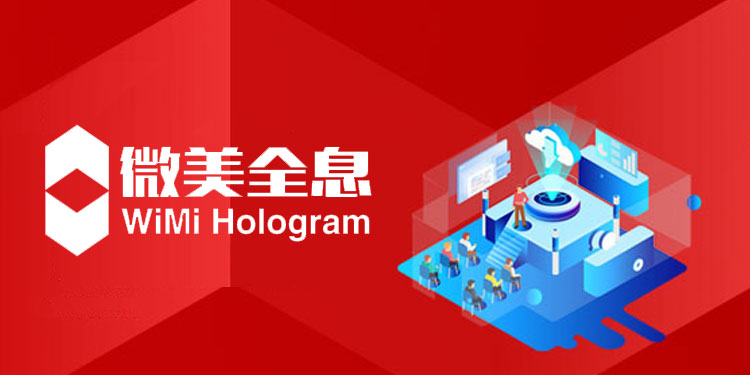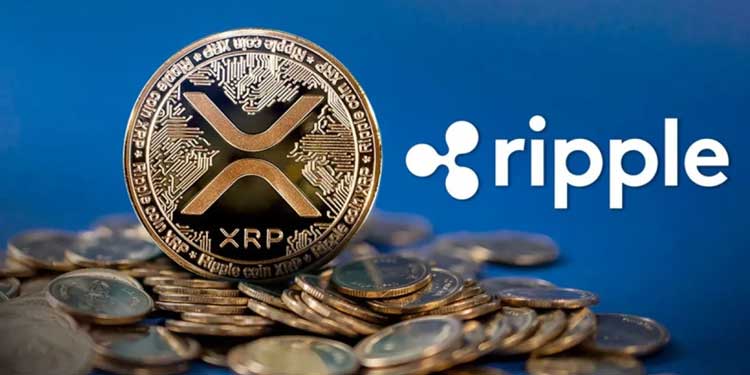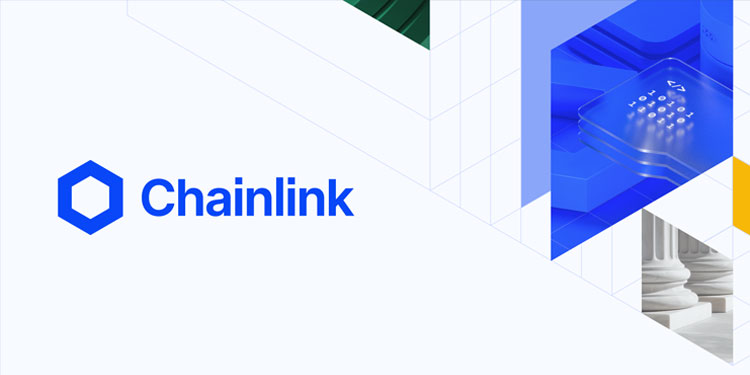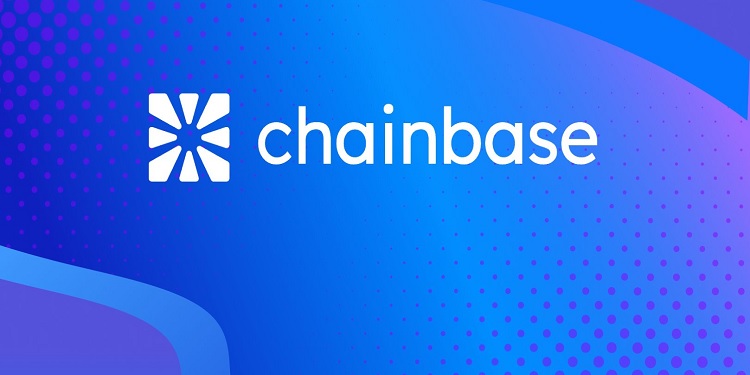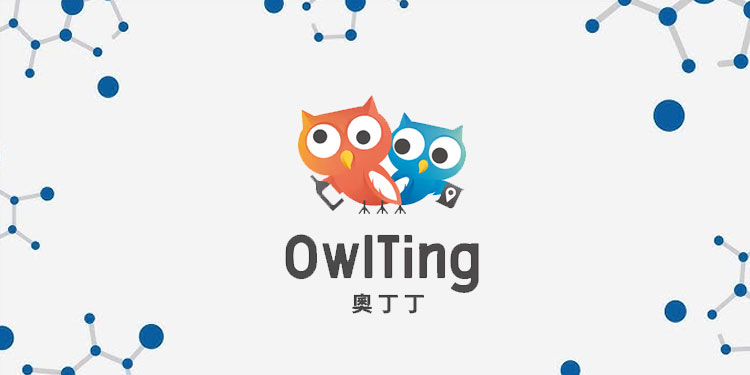WiMi Hologram Cloud Inc., a prominent global provider of holographic augmented reality technology, has announced its exploration of a resource management solution tailored for blockchain-assisted edge computing networks. By integrating deep reinforcement learning (DRL) algorithms, the company seeks to optimize the relationship between computational task allocation and the blockchain consensus process, aiming to enhance overall system efficiency and performance.
Addressing Limitations in Traditional Systems
Traditional edge computing networks often treat task processing and resource allocation as distinct, independently optimized components. However, this separation frequently leads to inefficiencies, as the interconnectedness of computational task resources and blockchain consensus processes is overlooked. WiMi’s proposed solution addresses these inefficiencies by leveraging DRL technology to unify these two aspects, enabling dynamic optimization and smarter allocation of resources.
Unified Optimization Through Deep Reinforcement Learning
The DRL algorithms employed in WiMi’s system enable simultaneous optimization of task scheduling, transmission power control, and computational resource allocation. By doing so, the company aims to minimize task processing delays and energy consumption while enhancing overall adaptability.
These algorithms operate by continuously learning from environmental feedback to refine resource allocation strategies. For instance, when a task with high computational demands arises, the system dynamically increases resource allocation to reduce latency. Conversely, tasks with lower computational requirements receive fewer resources, contributing to energy conservation.
Furthermore, the algorithms account for the resource demands of the blockchain consensus process. When this process requires greater computational power, the system prioritizes its smooth operation to ensure network security and trustworthiness. In scenarios where the blockchain consensus process has lower demands, the system reallocates resources to computational tasks, thereby improving overall efficiency. This balanced approach ensures timely task execution alongside the seamless functioning of the blockchain network.
Transforming Edge Computing Efficiency
WiMi’s solution represents a significant shift in how resource management is approached in blockchain-assisted edge computing environments. By unifying task allocation and blockchain consensus operations under a single framework, the system addresses critical challenges associated with resource wastage and inefficiency.
This dynamic optimization strategy holds particular promise for applications in the Internet of Things (IoT). The ability to intelligently allocate resources across interconnected devices while maintaining secure and reliable blockchain operations paves the way for more effective edge computing systems in the IoT era.
A Vision for Smarter Resource Management
Through its research, WiMi aims to set a new standard for resource management in decentralized networks. By employing advanced DRL techniques, the company not only seeks to improve operational efficiency but also envisions a future where edge computing systems can adapt dynamically to changing demands. This innovation promises to enhance system performance while reducing energy consumption, positioning WiMi as a leader in blockchain and AI-driven resource management.

